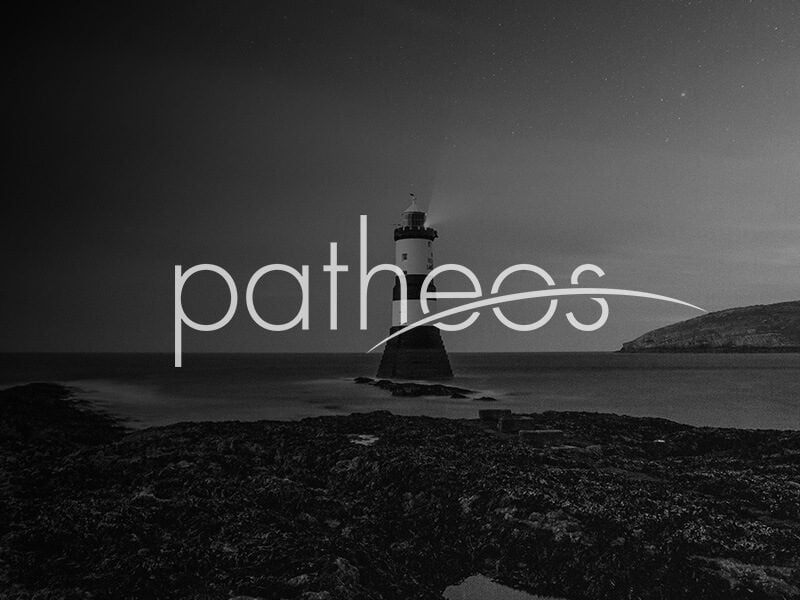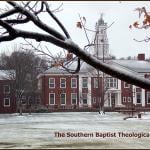Babylon is first mentioned in Revelation in 14:8, and is immediately associated with wine. It’s called the “wine of the passion of her immorality.” That suggests a number of connections. The Song of Songs links wine with love: Love is better than wine, and the lovers drink each other and become intoxicated by love. The harlot is the false Bride, the seductive Lady Folly, who offers wine that inflames passion of infidelity. In chapters 17 and 18, the harlot’s cup... Read more














